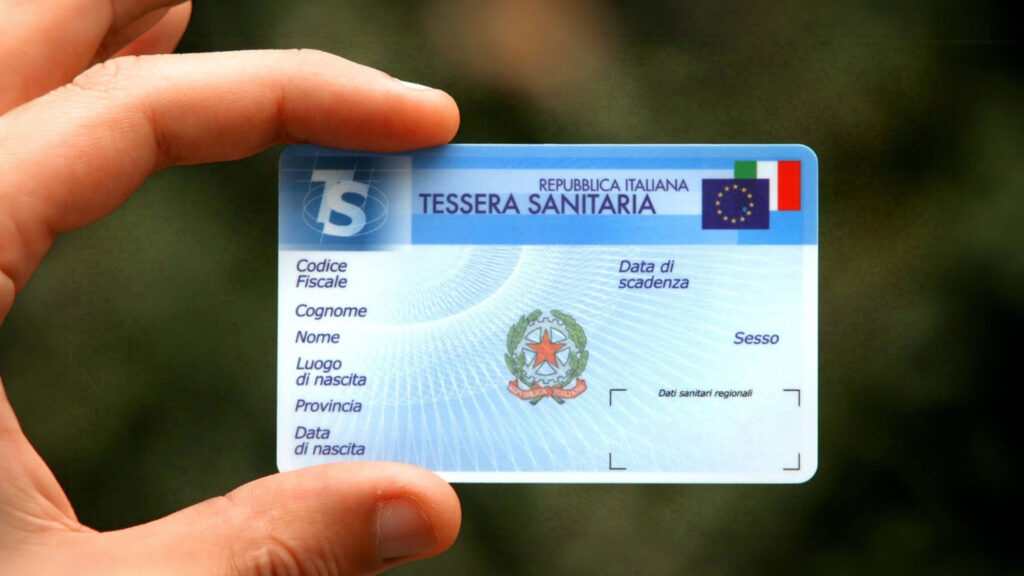Increasing personal and work productivity is a common goal, but not always easy to achieve. In this guide we will explore practical and proven methodologies, such as using To-Do Lists, time blocking, and organizing your work environment, to help you work more effectively and get better results, day after day.
Contents
- 1 1. Use To-Do Lists to maintain focus
- 2 2. Organize and keep your work space tidy.
- 3 3. Plan ahead and set up workflows
- 4 4. Avoid multitasking and group similar tasks together
- 5 5. Break down tasks into concrete goals and small steps
- 6 6. Take regular breaks and schedule your day in blocks
- 7 7. Take advantage of productive procrastination
- 8 8. Keep track of time and identify your productivity peaks
- 9 9. Turn off nonessential notifications and reduce distractions.
- 10 10. End the day by tidying up your work space.
- 11 11. Practice deep work for complex tasks
- 12 12. Use the Pomodoro Technique to optimize concentration
- 13 13. Take advantage of Parkinson’s Law to avoid procrastination
- 14 14. Adopt the 5-second rule to overcome indecision
- 15 15. Do journaling to organize thoughts and goals
- 16 16. Try to get a good night’s sleep and adopt healthy habits
- 17 17. End each day with a review
- 18 Conclusion
1. Use To-Do Lists to maintain focus
To-Do Lists are powerful tools for maintaining control over daily commitments. Creating an organized and focused to-do list helps avoid mental overload, but only if it is structured judiciously. Here are some tips for an effective to-do list:
- Write down everything you need to do, without overthinking it.
- Apply the two-minute rule: eliminate tasks that take less than 120 seconds to complete. It’s faster to do them right away than to write them down!
- Identify the MITs (Most Important Tasks), which are the really urgent and important tasks, and tackle them first.
- Evaluate the tasks you keep putting off: if a task is not essential, don’t hesitate to cross it off.
Take advantage of productivity apps such as Google Tasks and Microsoft To-Do, which are ideal for synchronizing lists with your calendar and displaying them easily.
2. Organize and keep your work space tidy.
An orderly environment promotes concentration and reduces stress. Spend a few minutes a day tidying up your desk, eliminating the unnecessary and keeping the tools you need close at hand. A clean area not only improves comfort but also helps keep you focused on your goals.
3. Plan ahead and set up workflows
Planning is one of the keys to increasing productivity. You can use a planner (either paper or digital) to organize your week and make sure you don’t make too many commitments. In addition, for more complex tasks, it is useful to set well-defined workflows, i.e., sequences of actions that help you finish more complex tasks without forgetting important steps. A well-designed workflow allows you to stay on top of schedules and avoid unforeseen events, minimizing stress.
4. Avoid multitasking and group similar tasks together
Contrary to what you may think, multitasking is the enemy of productivity. Moving quickly from one task to another may seem efficient, but it often causes a loss of time to re-focus on each new task. A better alternative is to group similar tasks at specific times of the day. For example, you can devote a time slot to checking e-mails or calls, avoiding constant interruptions. This approach, known as “batching,” allows you to work in a more fluid and focused manner.
5. Break down tasks into concrete goals and small steps
To increase productivity, it is critical to break complex goals into smaller, more manageable tasks. Fragmenting goals into concrete steps allows you to proceed with greater motivation and without becoming discouraged. This approach reduces the likelihood of procrastination because it allows you to always know where to start.
6. Take regular breaks and schedule your day in blocks
Although it may seem counterintuitive, taking regular breaks helps keep your focus high and increase productivity. Dividing your time into 45-minute blocks of work followed by a 15-minute break helps you recharge your energy while keeping productivity steady. This method, also known as time blocking, is ideal for keeping your mind fresh and responsive throughout the day.
7. Take advantage of productive procrastination
Procrastination is not always the enemy of productivity. If you feel tired or unmotivated, you can put off a complex task and move on to a lighter or different but equally important task. Temporarily changing focus can have a rejuvenating effect and offer you a new perspective, then making it easier to pick up the initially procrastinated task with more energy and motivation.
8. Keep track of time and identify your productivity peaks
Tracking the time you spend on tasks allows you to improve the management of your days. Many people struggle to estimate project timelines correctly, either over or under estimating. Keeping track of how you use your time allows you to identify productivity peaks-that is, the times of day when you make the most money-and devote these times to more complex tasks.
9. Turn off nonessential notifications and reduce distractions.
Constant notifications on your phone or computer are a major source of distraction. Turn off all non-essential notifications when you are focusing on an important task. If you fear missing urgent messages, consider using platforms that allow you to selectively mute certain contacts or channels, such as Slack and Teams.
10. End the day by tidying up your work space.
Dedicate the last ten minutes of your workday to tidying up your desk. This small ritual helps you mentally close out the day, leaving a clean and organized environment for the next day. Tidying up your physical space helps relax your mind and contributes to a more peaceful and motivated return to work.
11. Practice deep work for complex tasks
Deep Work refers to distraction-free work sessions that are completely focused on a complex and mentally demanding task. Deep Work requires deep and sustained attention, which is essential for completing strategic tasks. To practice it, be sure to choose a distraction-free environment, set a specific duration for each session, and minimize any interruptions.
12. Use the Pomodoro Technique to optimize concentration
The Pomodoro Technique is a simple but effective methodology for improving concentration and time management. It consists of working on a task for 25 minutes, followed by a short 5-minute break. After four cycles, take a longer break of about 15 to 30 minutes. This technique helps to avoid mental overload and increase productivity by keeping the mind fresh.
13. Take advantage of Parkinson’s Law to avoid procrastination
Parkinson’s Law states that “work expands until it takes up all the time available to complete it.” This means that if you give yourself all day to accomplish a task, you will probably end up taking up the entire day. Conversely, by setting short, realistic deadlines, you will force yourself to work in a more focused and efficient manner. Imposing specific time limits on your projects allows you to avoid distractions and improve speed of execution.
14. Adopt the 5-second rule to overcome indecision
The 5-Second Rule, introduced by Mel Robbins, is a simple but effective technique for starting a task or making an important decision right away. When you feel the urge to do something, start mentally counting down from five to one, and at the end of the countdown, take action. This little trick helps you defeat indecision and prevent uncertainty from interfering with your productivity.
15. Do journaling to organize thoughts and goals
Keeping a journal or diary not only helps you organize your thoughts but also allows you to set goals and monitor your daily progress. You can use journaling to list priorities, reflect on the day’s successes, and identify areas for improvement. This tool increases awareness and allows for greater mental clarity.
16. Try to get a good night’s sleep and adopt healthy habits
Productivity depends not only on time management techniques, but also on good sleep quality and healthy lifestyle habits. Getting at least 7 to 8 hours of sleep per night, exercising regularly, and eating a balanced diet helps to keep energy high and improve concentration. Remember that productivity is closely linked to physical and mental well-being.
17. End each day with a review
At the end of the day, take a few minutes to do a review of completed and unfinished tasks. This practice allows you to start the next day with a clear view of your goals and priorities. Daily review is a simple but essential habit to keep productivity high over time.
Conclusion
Increasing productivity requires knowing one’s limits and personal pace. Applying techniques such as time blocking, creating well-structured To-Do Lists, and organizing your work space is a valuable aid to optimizing your performance. There is no universal strategy, but by exploring these techniques you will find the ones best suited for your needs.
This article was created and reviewed by the author with the support of artificial intelligence tools. For more information, please refer to our T&Cs.
This article or page was originally written in Italian and translated English via deepl.com. If you notice a major error in the translation you can write to adessoweb.it@gmail.com to report it. Your contribution will be greatly appreciated
Giuseppe Fontana
I am a graduate in Sport and Sports Management and passionate about programming, finance and personal productivity, areas that I consider essential for anyone who wants to grow and improve. In my work I am involved in web marketing and e-commerce management, where I put to the test every day the skills I have developed over the years.



